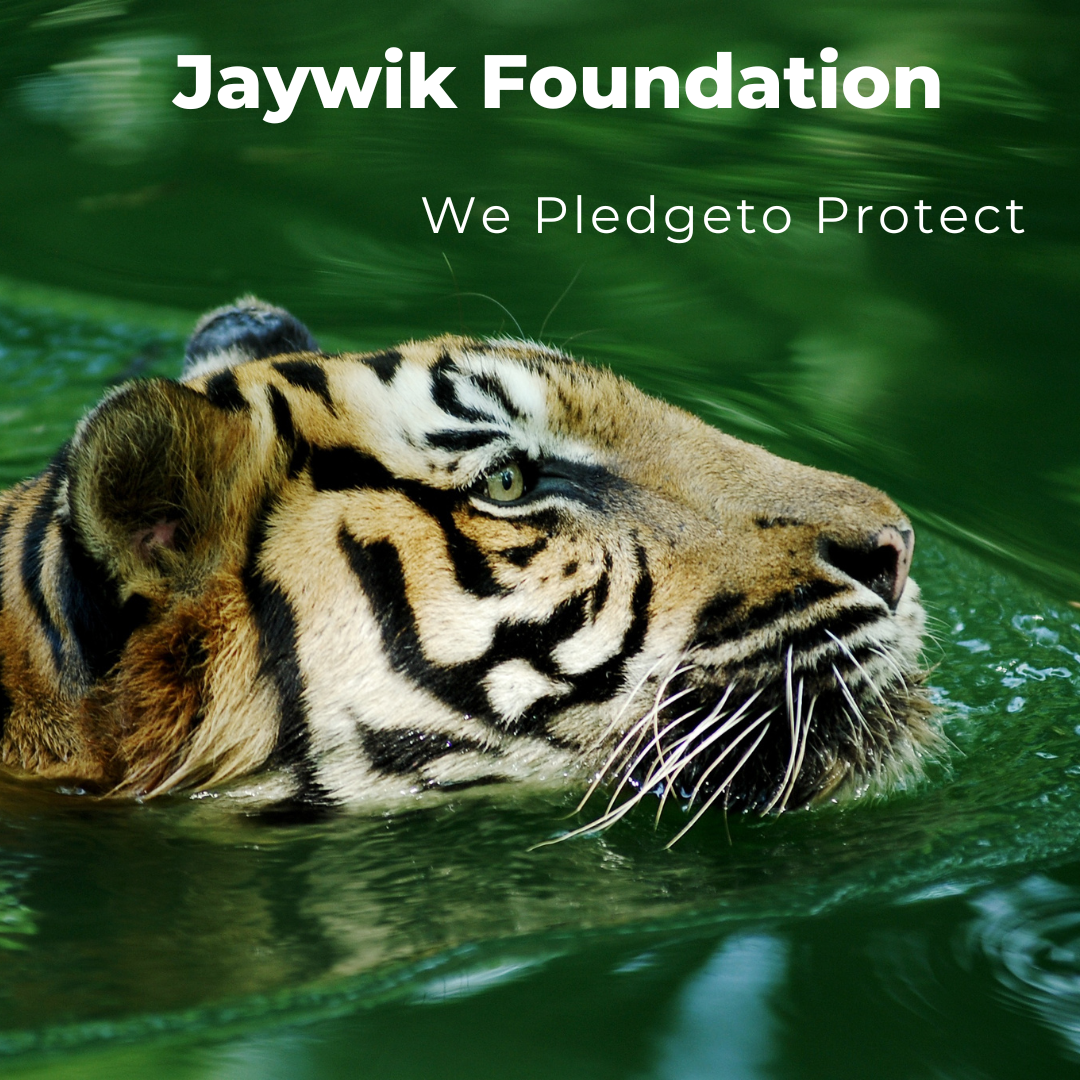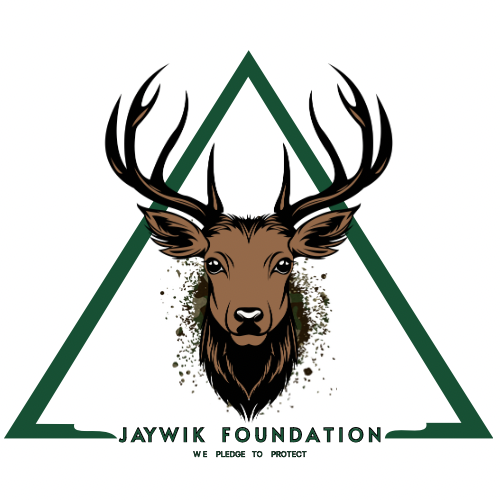Welcome to Jaywik Foundation, where every day is dedicated to the welfare of our furry friends. In this blog post, we’ll take you behind the scenes and give you a glimpse into the daily operations of our organization. From rescue missions to community outreach, find out how we make a difference in the lives of animals in need.
1. From Call to Action: How We Respond to Rescue Calls
– Responding to rescue calls involves a well-coordinated process aimed at swiftly addressing the needs of animals in distress. Here’s an insight into how this process typically unfolds:
- Receiving Calls: Rescue calls can be received from various sources, including concerned citizens, animal welfare organizations, or local authorities. Calls may come through hotlines, emails, social media platforms, or dedicated rescue apps. These platforms serve as channels for individuals to report cases of animal emergencies, such as injured or abandoned animals, trapped wildlife, or cases of cruelty.
- Prioritization: Upon receiving a rescue call, the next step is to assess the severity and urgency of the situation. Calls are prioritized based on factors such as the nature of the emergency, the condition of the animal(s) involved, and the potential risk to public safety. For example, a report of an animal trapped in a dangerous location or suffering from life-threatening injuries would be prioritized over less urgent cases.
- Dispatching Volunteers: Once a call is prioritized, volunteers or rescue teams are dispatched to the location of the emergency. These volunteers may include trained animal rescue professionals, veterinary staff, or dedicated volunteers from the organization. Dispatchers provide volunteers with relevant information about the situation, including the location, type of animal involved, and any specific instructions or precautions to be taken.
- Quick Response Times: Quick response times are crucial in animal rescue operations, as they can mean the difference between life and death for the animals involved. Volunteers are trained to respond promptly to rescue calls, mobilizing resources and equipment as needed to reach the scene of the emergency in the shortest possible time. This requires efficient communication, logistics, and coordination among team members to ensure a rapid and effective response.
- Coordination with Local Authorities: Collaboration with local authorities, such as animal control agencies, fire departments, or law enforcement, is essential for successful rescue operations. Local authorities may provide assistance in accessing restricted areas, providing additional resources or manpower, and ensuring the safety of both animals and responders. Effective coordination with local authorities helps streamline rescue efforts and ensures a more comprehensive response to animal emergencies.
2. Community Collaboration: Partnering for Change
Absolutely, partnerships and collaborations play a crucial role in extending the reach and impact of animal welfare organizations like ours. Here’s how these partnerships contribute to our mission and efforts:
- Local Individuals: Engaging with local individuals who share our passion for animal welfare allows us to tap into grassroots support and community networks. These individuals may volunteer their time, offer resources, or provide valuable insights into the needs of the community. By fostering relationships with local residents, we can build a strong support base and mobilize collective action for the benefit of animals in need.
- Businesses: Partnering with businesses provides opportunities for sponsorship, donations, and in-kind support. Businesses may offer financial contributions, sponsor events or campaigns, or donate products or services that are valuable to our organization. These partnerships not only provide much-needed resources but also raise awareness of our cause among customers and employees of partnering businesses.
- Other Organizations: Collaborating with other animal welfare organizations, nonprofits, or government agencies allows us to leverage collective expertise and resources to address complex challenges. By pooling our knowledge, skills, and resources, we can maximize our impact and reach more animals in need. Partnerships with complementary organizations also enable us to access specialized services or programs that enhance our ability to provide comprehensive care and support to animals.
3. Disaster Management: Mobilizing for Emergencies
– Our role in disaster management is paramount, especially when it comes to protecting and caring for animals during emergencies. Here’s an overview of our approach and collaboration with the Police Control Room (PCR):
- Preparation and Training: We understand the importance of being prepared for various types of disasters, including natural calamities like floods, earthquakes, or wildfires, as well as accidents or incidents that may endanger animals. Our team undergoes regular training sessions and drills to ensure that we are equipped with the necessary skills and knowledge to respond effectively in crisis situations.
- Emergency Response Plan: We have developed a comprehensive emergency response plan that outlines specific protocols and procedures for different types of emergencies. This plan includes guidelines for assessing risks, mobilizing resources, coordinating with stakeholders, and providing timely assistance to animals in distress. By having a well-defined plan in place, we can act swiftly and decisively when emergencies occur.
- Collaboration with PCR: Our collaboration with the Police Control Room (PCR) is instrumental in facilitating our response to emergencies. The PCR serves as a central communication hub for reporting emergencies and coordinating response efforts. We work closely with PCR officials to receive real-time updates on emergency situations and coordinate our response accordingly.
- Coordination and Communication: Effective coordination and communication are key during emergencies. We maintain open lines of communication with PCR officials, local authorities, and other relevant stakeholders to ensure seamless coordination of rescue and relief efforts. This includes sharing information about the location and nature of emergencies, coordinating the deployment of rescue teams, and providing updates on the status of rescue operations.
- Rescue and Relief Operations: When disasters strike, our priority is to ensure the safety and well-being of animals in our community. We mobilize our rescue teams and deploy resources to affected areas to provide immediate assistance to animals in distress. This may involve rescuing stranded or injured animals, providing medical care, shelter, and food, and reuniting lost pets with their owners.
- Post-Emergency Support: Our support extends beyond the immediate response phase to provide long-term assistance and rehabilitation to animals affected by disasters. We work with local authorities, veterinarians, and animal welfare organizations to provide ongoing care, support, and resources to affected animals and their owners.
4. Beyond Rescues: The Importance of Education and Prevention
– There are various outreach programs, workshops, and campaigns aimed at raising awareness about responsible pet ownership, animal rights.
- Empowering Communities: Education empowers individuals and communities with the knowledge and skills needed to make informed decisions about animal care and welfare. By raising awareness about responsible pet ownership, animal rights, and ethical treatment of animals, we empower people to become advocates for change and take proactive steps to improve the lives of animals in their care and communities.
- Preventing Cruelty and Neglect: Education plays a crucial role in preventing cruelty and neglect towards animals. By teaching people about the physical and emotional needs of animals, as well as the consequences of neglect and abuse, we can help prevent instances of cruelty and ensure that animals are treated with kindness and respect.
- Reducing Overpopulation and Homelessness: Education about the importance of spaying and neutering, responsible breeding practices, and the benefits of adoption can help reduce pet overpopulation and homelessness. By encouraging responsible pet ownership and promoting adoption from shelters and rescue organizations, we can address the root causes of animal homelessness and reduce the number of animals in need of care and shelter.
- Building Empathy and Compassion: Education fosters empathy and compassion towards animals by helping people understand the experiences, emotions, and needs of animals. By teaching children and adults to respect and value the lives of animals, we can cultivate a culture of compassion and empathy that extends to all living beings.
- Creating Sustainable Change: Education is key to creating sustainable change in attitudes and behaviors towards animals. By engaging in outreach programs, workshops, and campaigns aimed at raising awareness and promoting positive behavior change, we can lay the foundation for long-term improvements in animal welfare standards and practices.
- Fostering Collaboration and Advocacy: Education brings together individuals, organizations, and communities to collaborate on common goals and advocate for policies and practices that benefit animals. By building a network of informed and engaged advocates, we can amplify our impact and drive systemic change in support of animal welfare.
6. Looking Ahead
How You Can Help:
We invite you to join us in our efforts to create a better future for animals. Whether through volunteering, donations, or spreading awareness, your support makes a difference. Together, we can build a more compassionate world for animals and ensure that they receive the love, care, and respect they deserve.
As we look to the future with optimism and determination, we remain committed to our mission of promoting animal welfare and making a lasting impact on the lives of animals in our community. Thank you for your continued support and partnership in this important work.
Together, we can create a world where every animal is cherished and protected.
Sincerely,
Jaywik
Conclusion:
As we reflect on our journey in promoting animal welfare, we are filled with gratitude for the unwavering support of our community, dedicated volunteers, and passionate advocates. Looking ahead, we are excited to share our vision and goals for the future as we continue our mission to make a positive impact on the lives of animals in our community.

